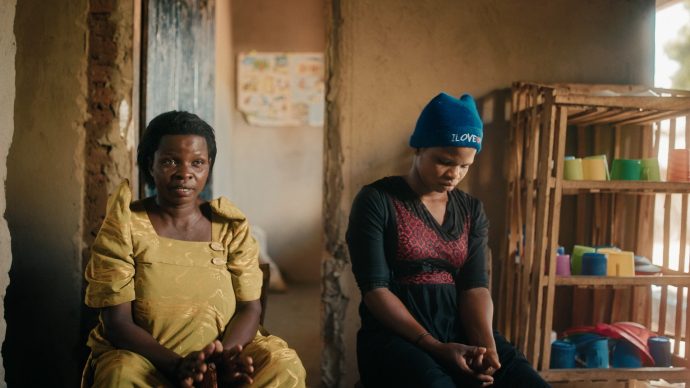Der er skræmmende mange eksempler på, at lande som er rige på naturressourcer ikke blomstrer men istedet henfalder til voldelig konflikt eller endda borgerkrig.
Derfor er det ikke nødvendigvis lykken, at der er fundet lithium og andre værdifulde mineraler i krigshærgede Afghanistan.
Lithium anvendes blandt andet i mobiltelefoner, computere og i antidepressiv medicin og er derfor en eftertragtet handelsvare på linje med metallerne tin og kobolt, som også indgår i produktionen af mobiltelefoner.
MINERALER KAN ÆNDRE DET AFGHANSKE SAMFUND
Breathless is the way I would describe the tone of much of the media coverage of the trillion dollar find of lithium and other precious minerals in Afghanistan. One senior U.S. official was quoted as saying the reserves could fundamentally alter the Afghan economy and perhaps the war itself. The only cloud on this mineral-rich horizon seemed to be the country’s ability to mobilize the investments and skills to dig all these riches out of the ground.
MINERALER: VEN ELLER FJENDE
My reaction was less sanguine. I wondered how quickly the warlords, who have built their arsenals and their influence on the exploitation of another natural resource (heroine), would harness this new opportunity. And they will not be alone in competing for a share of the action on this mega-find.
I guess I’m not the only skeptic. The movie Blood Diamond and horror stories from around the conflict-affected world have built a public perception that an abundance of natural resources—especially ones that are easily ‘lootable’—are at the root of violent conflict.
There is, after all, plenty of evidence—from the Democratic Republic of Congo (DRC) and Colombia to Sierra Leone and Liberia—that illegally traded minerals and other natural resources are the fuel behind gruesome conflicts.
Læs videres på: www.worldbank.org














